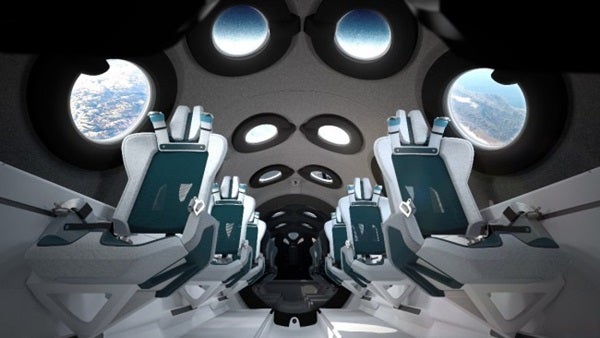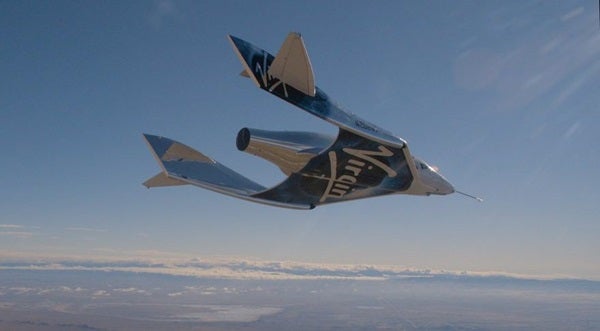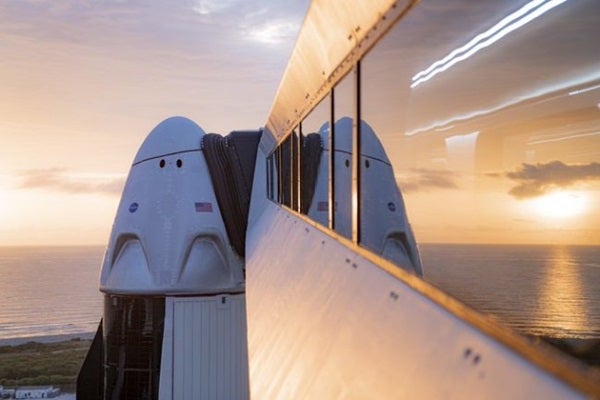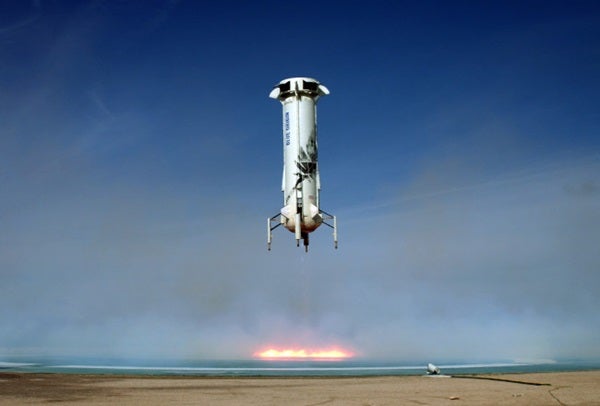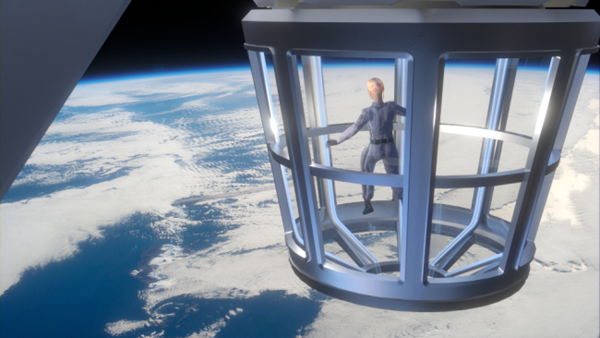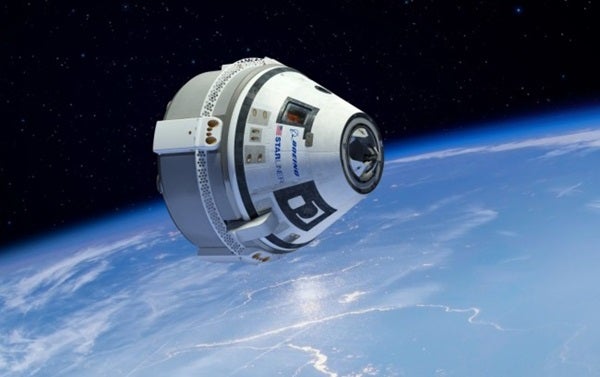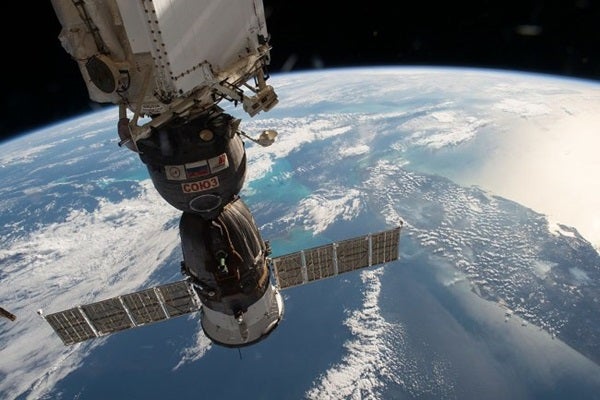Earlier this month, SpaceX’s Crew Dragon capsule safely ferried NASA astronauts Doug Hurley and Robert Behnken back to Earth following a multi-month trip to the International Space Station (ISS). No privately built spacecraft had ever carried humans into orbit before. But unlike SpaceShipOne, which was a single craft built specifically to win a prize, there are multiple models of the Crew Dragon, each designed to be reused.
It’s finally looking like the exciting era of space tourism is about to erupt. A handful of so-called “new space” companies are now competing to sell space tourists trips on private spacecraft. Each one has a slightly different means of reaching space, and not all of them will get you all the way into orbit. But as long as you’re rich, you should have no problem purchasing your ticket to space.
Virgin Galactic
SpaceShipOne was retired after just three successful spaceflights, but the technology lives on in Virgin Galactic’s Spaceship Unity. Like its predecessor, Virgin Galactic’s rocketplane drops from a specially engineered aircraft before boosting itself to 50 miles (80 kilometers) in altitude. That’s high enough for Virgin Galactic’s pilots to earn their astronaut badges. However, others define space via the so-called Kármán line, the generally accepted boundary between Earth’s atmosphere and space that sits 62 miles (100 kilometers) above our planet’s surface.
Virgin Galactic’s goal is to become “the world’s first commercial spaceline,” and eventually they’ll offer regular flights from Spaceport America in southern New Mexico. The company is planning to begin regular flights in early 2021, with CEO Richard Branson slated as the first non-professional pilot to travel on Spaceship Unity.
How much does a ticket to space cost through Virgin Galactic? Originally, the company charged $250,000 to early buyers. And more than 600 people have already signed up at that price to be “Future Astronauts.” But now Virgin Galactic expects to raise its rates, though they have yet to release a final price. With a $1,000 deposit, you can sign up to get on the waiting list.
SpaceX
SpaceX is the only private rocket company to ever send a human into orbit. They’re also the only company now NASA-certified to send people to circle Earth. So, when will SpaceX start selling tickets to private citizens for trips to space? In the past, Elon Musk has said that the spacecraft could have a bright future carrying private passengers into orbit. And SpaceX recently announced that it has already sold seats on future Crew Dragon flights through other companies that are handling the logistics.
Ultimately though, Musk’s goal is to settle Mars. And to do that, he needs a bigger spacecraft. That’s why SpaceX’s engineers are working feverishly on its Starship, which is still under development. If the enormous spaceship works, it could literally rocket dozens of space tourists at a time between a number of destinations on Earth, or perhaps throughout the inner solar system. The company says that Starship would be able to travel between any two locations on Earth in less than one hour.
SpaceX is confident enough in their vessel that they already sold a Starship flight around the Moon to Japanese billionaire Yusaku Maezawa. No human has traveled to the Moon in nearly 50 years, and Maezawa, a fashion designer and online clothing retailer, has said he’ll take a group of artists with him.
Blue Origin
Jeff Bezos started his rocket company, Blue Origin, back in 2000. And he’s been selling Amazon stock to pump billions of dollars into the effort ever since. Like SpaceX, they’re prioritizing reusable rockets and spacecraft that can drastically reduce the cost associated with spaceflight.
Much of Blue Origin’s effort has gone into developing a pair of rockets: New Shepard and New Glenn.
New Shepard can carry six people inside a suborbital capsule some 60 miles (100 km) into space. Blue Origin has already flown a dozen test flights, and they’re still planning several additional tests before launching passengers. However, in March, Axios reported that Blue Origin could send passengers into space in 2020, though COVID-19 has caused delays across the space industry. If the company can still get its space capsule tested in 2020, it could be on course for paid flights in 2021.
Meanwhile, Blue Origin has announced that it will soon start selling tickets. The company’s website doesn’t list the price of a Blue Origin trip, but Bezos has previously said their space tourists can expect to pay hundreds of thousands of dollars to fly in its New Shepard capsule.
The company is also working hard on their New Glenn rocket, a heavy-lift, reusable launch vehicle that Blue Origin has already invested more than $2.5 billion into developing. It’s larger than SpaceX’s Falcon Heavy rocket, but smaller than the rocket planned with Starship. That size could eventually enable regular passenger trips into orbit and even beyond. The company will need that capacity, too. Blue Origin’s goal is to one day have millions of people living and working in space.
Axiom
Axiom Space’s goal is to create the world’s first commercial space station. In the meantime, they’ve inked a deal to send a crew of private citizens to the ISS aboard SpaceX’s Crew Dragon capsule in October 2021.
Axiom’s initial crewed mission, dubbed Ax1, should send three paying astronauts to the ISS. Each ticket reportedly costs $55 million. And while it might seem like there’s a small pool of potential ticket buyers at that rate, in the U.S. alone, roughly 75,000 American households have that much money. Axiom also figures it’s just getting started selling tickets to space. In the near future, the company says it will send three crews a year to the ISS.
With all those visitors coming to stay, the space station is going to get a bit more crowded. That’s part of the reason why NASA is helping fund a fixed-price, $140 million viewing port from Axiom that will look something like the current Cupola. Axiom also won NASA’s approval to add several commercial modules to the ISS as part of their Axiom Orbital Segment. Ultimately, this commercial segment could be spun out into its own privately-run space station and serve as a hub for space travel even after the ISS is retired.
Boeing
Back in 2014, NASA selected two companies — SpaceX and Boeing — to receive multibillion-dollar contracts to build spacecraft that could ferry astronauts to the ISS. SpaceX made good on the first crewed flight of its Commercial Crew Program contract earlier this year. Meanwhile, Boeing has yet to get its Starliner spacecraft safely to the ISS and back. Their first test flight reached orbit but failed to make the space station, and a NASA review outlined numerous necessary fixes.
Boeing will attempt another uncrewed test flight next year. And if all goes well, they could fly to the ISS by late 2021.
But once Boeing is flying to and from the ISS, the iconic aerospace company is also technically allowed to fly private passengers to the space station. They’ve been quiet on this option, but NASA has said they’d accommodate passengers at a rate of $35,000 per night.
Boeing has also hired a corporate test pilot astronaut, Christopher Ferguson. He’s been training alongside NASA’s astronauts and will be among the first to fly on Starliner. He might not count as a space tourist, but Ferguson will ultimately be part of an entirely new group of professional astronauts that work for private companies, not national space agencies.
Space Adventures
Space Adventures is an American company that offers private spaceflights to the ISS and, eventually, the moon. Since their founding in 1998, the company has sold a number of other spaceflight related experiences, like simulated zero-gravity airplane flights. And unlike their competitors, Space Adventures has sent space tourists into orbit, too. They’ve been responsible for over half a dozen paid trips to the ISS that made use of Russian spacecraft.
Most recently, they booked a launch to the space station on Russia’s veteran Soyuz spacecraft, which is set for December 2021. The mission, dubbed Soyuz MS-20, will fly with a lone cosmonaut and two Space Adventures tourists.
Space Adventures has arranged another path to get paying customers into space, too. They recently announced a deal with SpaceX that will put four space tourists in a SpaceX capsule and send them into orbit around Earth. How much will it cost? For now, both companies are keeping the cost of these tickets private. But those who do make the trip should get an excellent show. The mission will orbit at several times the height of the ISS.
Unfortunately, few of us have enough disposable income to fund a trip beyond Earth’s atmosphere. But with at least a half dozen ways for the wealthy to purchase a ticket into space next year, the hope is that the cost will continue to decline. And if that happens, you might be closer than you think to regularly having your rocket pass checked by the TSA.

